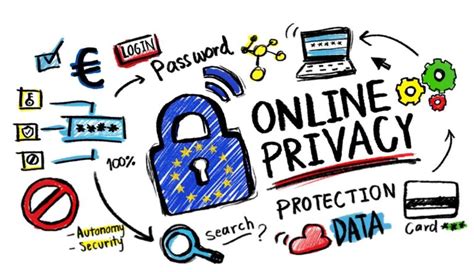In an era where digital security and privacy have become cornerstone issues, the Canadian government’s proposal to introduce secret backdoors in network systems for surveillance purposes has ignited fierce debate among technologists, privacy advocates, and the general public. The concern here is not just about the proposed law but about the broader implications of such a move on civil liberties and the integrity of digital communication structures. The ramifications are complex, touching on everything from cybersecurity to the ethical limits of state power.
Given the context of Canada’s current political landscape and its ever-evolving digital ecosystem, the proposal has faced significant backlash. One user sarcastically commented on the notion, suggesting that the government may as well collaborate openly with existing surveillance entities like the NSA. This viewpoint highlights a very real worry: the erosion of digital sovereignty. Increasingly, allied nations exchange not just intelligence but also tactics, which may encourage a form of surveillance laxity that doesn’t respect national borders or citizen privacy.
Technical critiques have also been levied against the proposal. For instance, experts argue that creating a backdoor inherently compromises the encryption and security of network systems. These backdoors, while intended for governmental use, are ripe targets for exploitation by malicious actors. Consider this snippet, provided to illustrate the intended use of end-to-end encryption (E2EE):
const crypto = require('crypto');
const algorithm = 'aes-256-ctr';
const secretKey = crypto.randomBytes(32);
const iv = crypto.randomBytes(16);
const cipher = crypto.createCipheriv(algorithm, secretKey, iv);
let encrypted = cipher.update('Sensitive Data', 'utf8', 'hex');
encrypted += cipher.final('hex');
console.log(encrypted);
While E2EE like the example above is designed to ensure that only the communicating users can read the messages, any governmental backdoor would necessitate a break in this encryption. The introduction of vulnerabilities that governments can exploit inadvertently makes the entire system more brittle, susceptible to hacking, and fundamentally less secure for everyone involved.
Political implications stretch far beyond the technical realm. Comments from citizens indicate a deep distrust towards the government’s track record in handling private data. Cases like the freezing of bank accounts during the trucker protests have left lingering doubts about the government’s supposed restraint in using its powers. One can’t ignore concerns that backdoors could be misused for political surveillance, tracking political opponents, protestors, or activists. This scenario effectively undermines the democratic principles that many Canadians hold dear.
It’s crucial to consider what drives the government to adopt such measures in the first place. Speeches and press releases often frame these policies within the context of national security. Governments argue that backdoor access is imperative for preventing heinous crimes and ensuring public safety. However, this line of reasoning is dissemination without substantial evidence showing its effectiveness compared to traditional, warrant-based methods. The question remains if such measures truly necessitate a step away from indelible privacy.
Moreover, historical precedents like the Clipper Chip attempt in the U.S. show the pitfalls of mandated decryption. Public backlash, technical inefficacies, and the eventual abrogation of the project underscored the impracticalities of such an approach. An alarming point raised by the tech community is the potential normalization of this surveillance. Over time, citizens may become desensitized to frequent intrusions into their private lives, slowly ceding rights in the name of purported security.
What outcomes can we expect should this proposal move forward? The Canadian example could serve as a roadmap for other democracies grappling with encryption and privacy. If enacted, it may lead to widespread adoption of decentralized communication methods less susceptible to government scrutiny. Projects like Signal and Session are likely to see increased usage. Here’s a simple primer for setting up a secure message on Signal:
// Importing the library
const Signal = require('signal-client-js');
// Initializing the client
const client = new Signal.Client({
phoneNumber: '+1234567890',
registration: '',
deviceId: 1,
sessionId: 'your-session-id',
});
// Sending a message
client.sendMessage('+1098765432', 'Your secure message');
The issue underscores a profound struggle: reconciling the need for security with the imperative of maintaining personal freedoms. It pushes us to question who holds the key to our digital lives and how much power we are willing to allow any entity over it. As the debate continues in Canada, it sends a clarion call to the global community to scrutinize carefully and engage critically with policies that might encroach on digital liberties. The demand for a balance between security and freedom is more pertinent than ever.


Leave a Reply